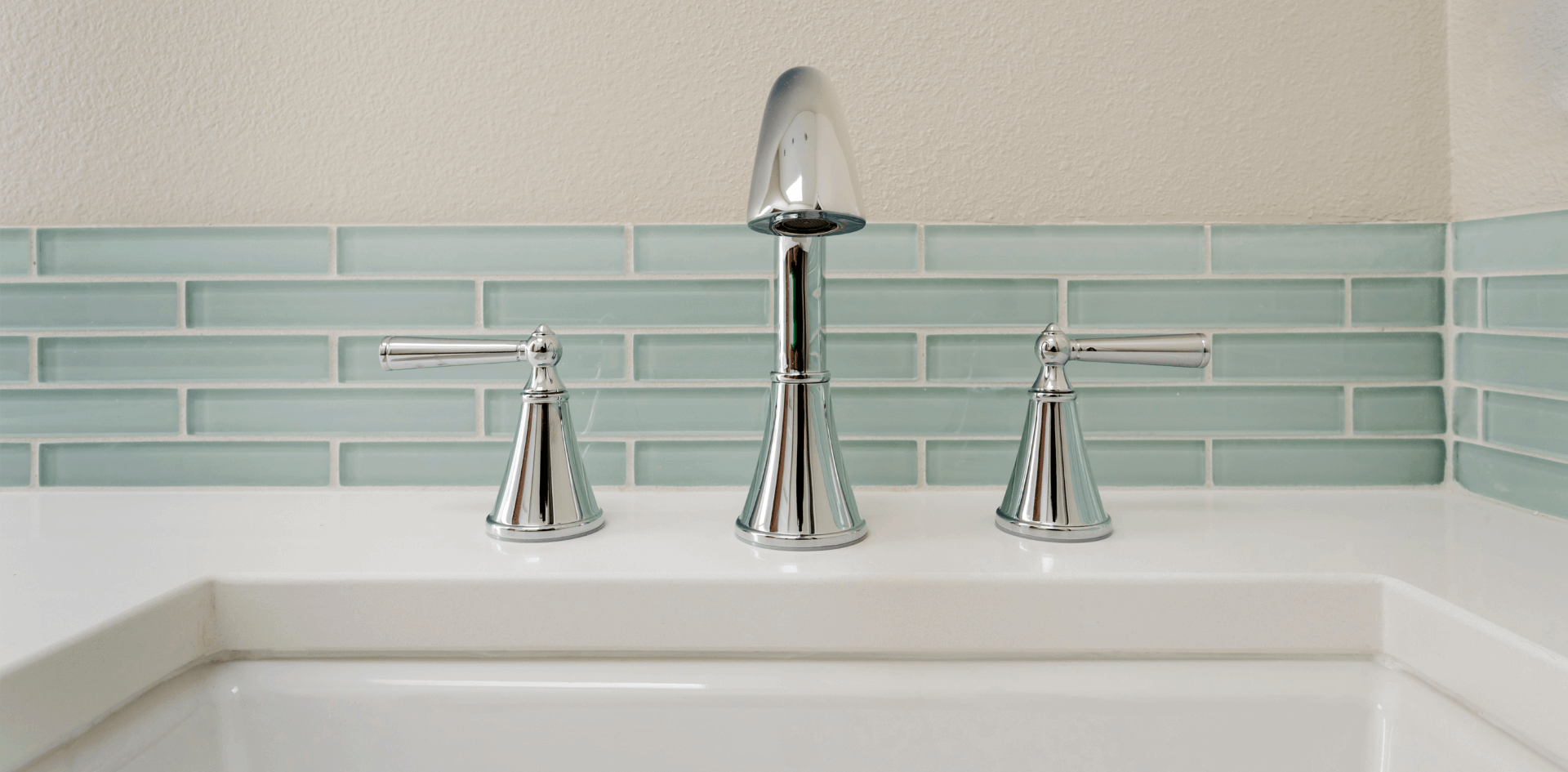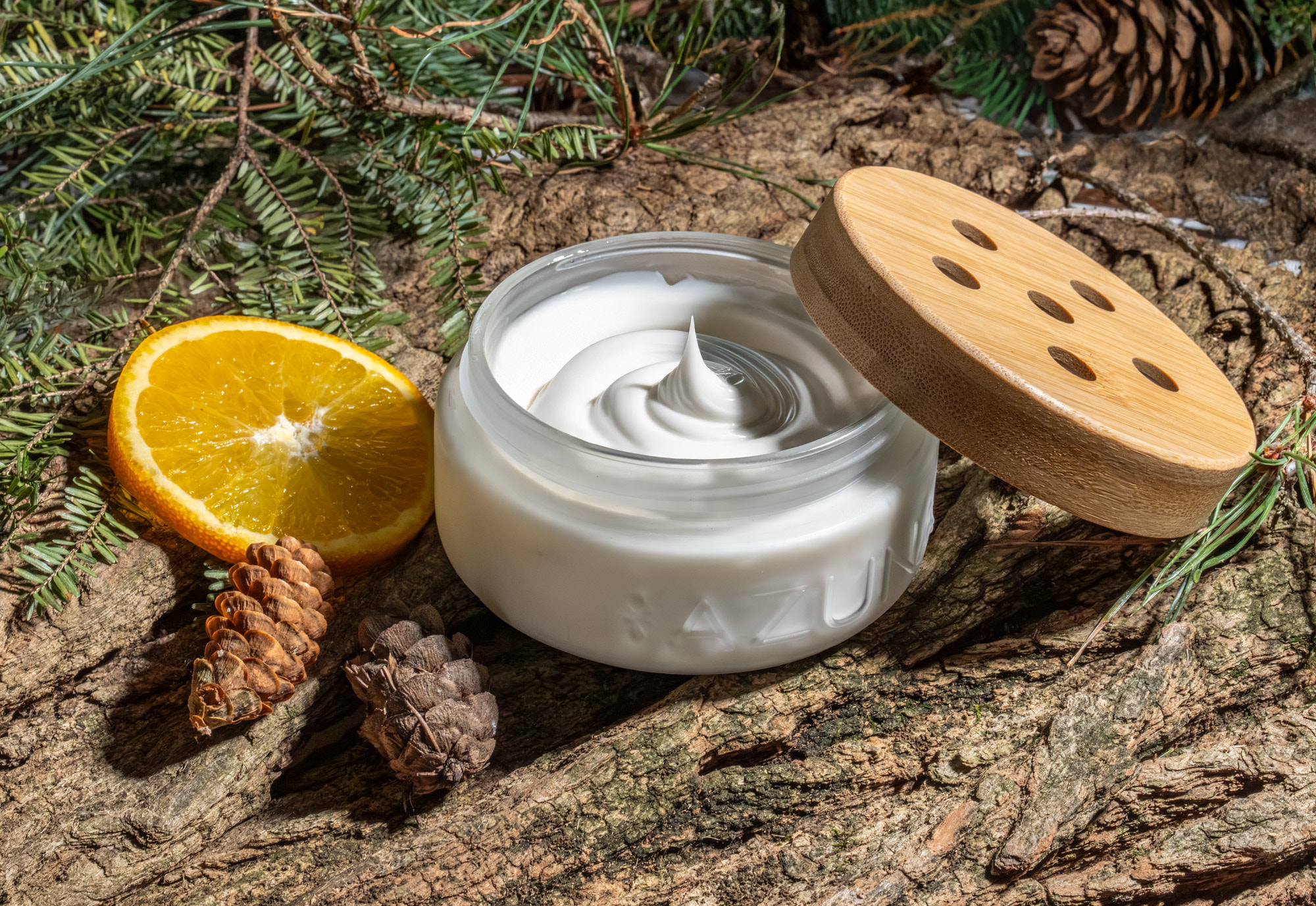Because, yes, there is a wrong way.
Bathroom sink odors are surprisingly common and often come from places we can’t see, like drain buildup or plumbing trap issues. Knowing how to remove odors from your bathroom sink starts with identifying what’s causing the smell, then following a few simple, effective steps to get rid of it for good.
What Causes Bathroom Sink Odor?
The biggest issues come from biofilm, a buildup of, well, everything that goes down your drain. That includes bacteria, toothpaste, soap runoff, and more. And the warm, damp environment is perfect for odor growth.
Dry or malfunctioning p-traps can also lead to odor buildup. Your p-trap normally holds water to block sewer gas, but if it's dry, cracked, or clogged, that leaves it susceptible to unpleasant smells.
Ventilation issues can also cause sewer gas build-up if the plumbing vent is obstructed.
How To Remove Smells From Your Bathroom Sink
Step 1: Clean Out The Stopper
Start by pulling up the sink stopper and taking a close look. You’ll often find a biofilm buildup clinging to the underside the smells worse than it looks, and that's saying something.
The best way to tackle it is with a toothbrush you’ve retired from duty and a small dab of natural cleaning paste. Scrub every inch of the stopper, especially the crevices.
Rinse it off thoroughly before popping it back in. Just removing this film can make a noticeable difference in your bathroom’s smell. (Wear gloves.)
Step 2: Flush With Hot Water
Next, bring a kettle or a large pot of water to a boil. Slowly pour it down the drain in stages. This step helps melt away greasy residue and clears out minor blockages hiding in the pipe. Hot water loosens grime that’s clinging to the sides and helps move it along.
Step 3: Baking Soda + Vinegar Fizz
Pour about one cup of baking soda directly into the drain. Use a spoon or funnel if needed to make sure it goes straight down.
Then, slowly add two cups of white vinegar. You’ll hear fizzing and bubbling, and that’s exactly what you want. The chemical reaction helps dislodge stubborn debris and deodorizes as it works. Let it sit undisturbed for 15 to 20 minutes. After the fizzing stops, flush the drain again with hot water.
This combo continues to be one of the most effective methods for cleaning out your sink drain. Plus, it’s safe for your plumbing and easy to repeat whenever needed.
Step 4: For Stubborn Smells, Use an Enzymatic Cleaner
If the odor is still hanging around after cleaning and flushing, it’s time to bring in an enzymatic drain cleaner. These cleaners are incredibly effective for breaking down organic buildup that’s lodged deeper in your pipes.
Just follow the instructions on the bottle. Most require you to pour it in at night and let it sit overnight. Be sure to choose a cleaner specifically labeled as plumbing-safe and septic-friendly if needed. This Buyer's Guide list has the ten best options of 2025.
Step 5: Refill Or Inspect the P‑Trap
We've already talked about what happens when your p-trap is dry or otherwise out of order. If it is, the fix is simple: just run your faucet for a moment or two to refill. If the smell doesn’t go away, inspect the trap for cracks or leaks. A damaged p-trap can let air from your plumbing system escape right into your bathroom.
Step 6: Scrub The Overflow Hole
Many bathroom sinks have a small hole near the top called an overflow hole. It prevents water from spilling over, but it can also trap bacteria, soap residue, and grime. Over time, that buildup can lead to foul smells.
Use a small bottle brush or pipe cleaner dipped in vinegar or mild detergent to gently scrub inside. Give it a rinse with hot water afterward.
Step 7: Check The Garbage Disposal
If your bathroom sink is connected to a garbage disposal, which is usually the case for basement or utility setups, don’t forget to clean it, too.
Turn off the power, then use a long-handled brush or disposal-cleaning tool to remove grime and food bits from the blades and sides. Follow with a baking soda and vinegar flush, then run hot water to rinse.
Step 8: Clean Surrounding Surfaces
Sometimes the smell isn’t just coming from the drain. Toothpaste splatters, damp hand towels, and moisture around the faucet base can all contribute. Wipe down the sink basin, faucet, and counter with a naturally fresh cleaning solution; we reach for our surface cleaning sprays and a soft microfiber cloth to do the job well. Don’t forget to clean behind the faucet where grime tends to collect. A clean surface makes a huge difference in keeping the whole area smelling fresh.
Step 9: Inspect Under The Sink
Take a few minutes to check the area under your sink. Look for mold, moisture, or water damage. Wipe down the inside of the cabinet with a natural cleaner and let it dry completely. If there’s a leak, it’s worth calling a plumber to prevent bigger issues down the line.
Step 10: Install A Drain Cover Or Hair Catcher
Hair and debris are major contributors to buildup in bathroom sinks. A simple mesh drain cover or silicone hair catcher can drastically reduce how much gets washed down the drain. Preventing the mess before it starts is just as important as cleaning it up.
Clean the cover regularly, and you’ll extend the time between deep cleanings and cut down on odor-causing buildup.
Step 11: Maintain Regularly
Once the sink smells clean and fresh again, let’s keep it that way. The key is maintenance. We recommend flushing your drain with hot water once a week.
Every month, follow up with a baking soda and vinegar fizz. These simple routines help prevent buildup and stop odors before they start.
How To Keep Your Bathroom Smelling Fresh
A clean sink is a great start, but to keep your bathroom smelling fresh day after day, it takes a little more than just a good scrub. Even when everything looks spotless, odors can still creep in from moisture, poor ventilation, or everyday use. That’s where a consistent freshness routine comes in.
We use our tea tree oil-based odor eliminators and air fresheners to neutralize bathroom smells. All Azuna products are non-toxic and safe for use around children and pets when used as directed. And, because they target odors at the source (like mold, mildew, and bacteria), they're a simple, effective way to maintain long-lasting freshness.
How To Remove Odor From Your Bathroom Sink (FAQs)
Can mold cause bathroom sink odors?
Yes, mold and mildew can grow in damp areas around the sink, especially under the drain or on the underside of the stopper. These can contribute to a musty smell and should be cleaned regularly.
How do I know if my bathroom sink vent is blocked?
A blocked vent can cause slow drainage, gurgling sounds, and persistent odors. If you suspect a vent issue, it’s best to contact a plumber for a professional inspection.
How often should I clean my bathroom sink drain?
For best results, clean your drain monthly using a baking soda and vinegar flush or a natural enzyme cleaner. Regular maintenance helps prevent buildup and keeps odors away.







